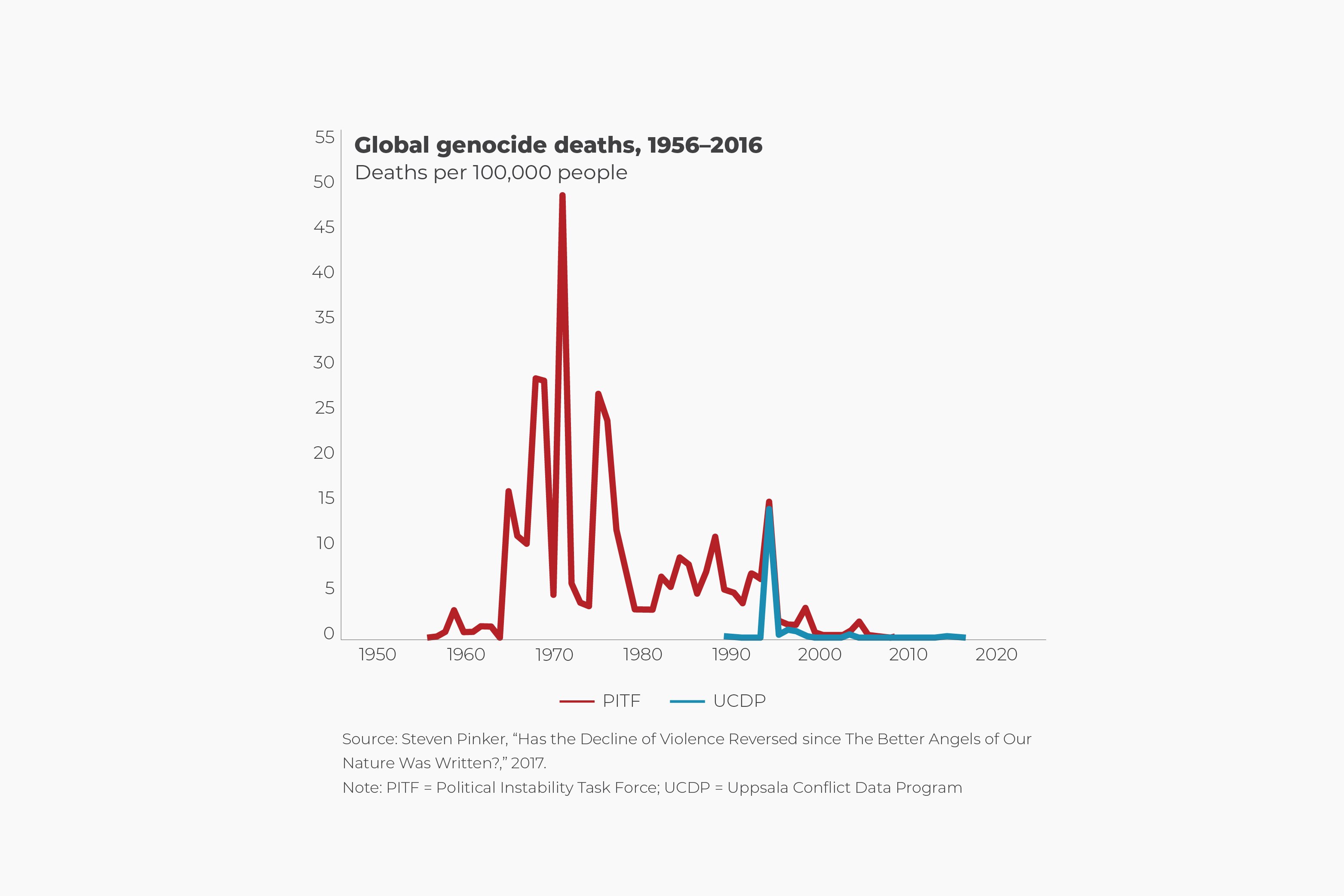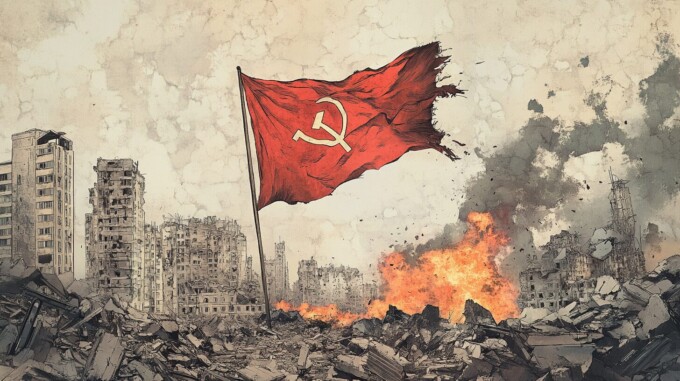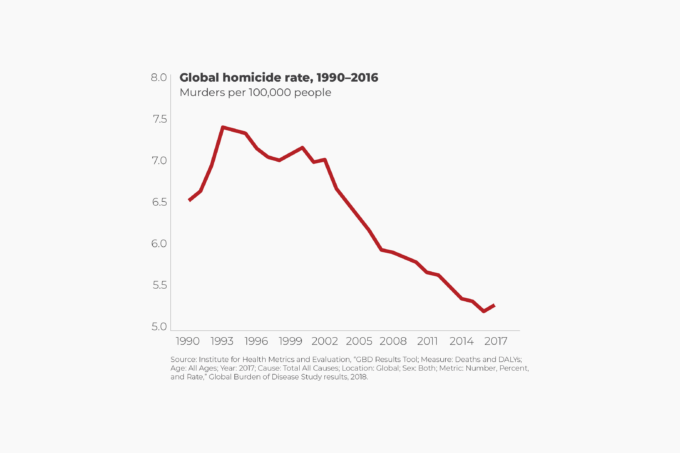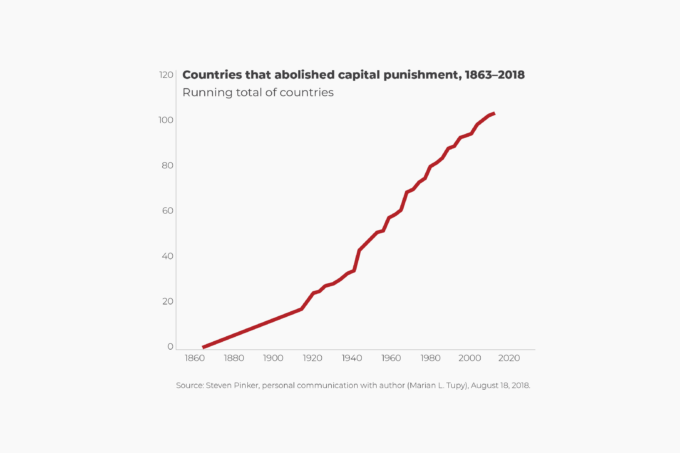According to Frank Chalk and Kurt Jonassohn from Concordia University, mass killings of unarmed civilians have “been practiced in all regions of the world and during all periods in history.”1 Some early examples of such massacres include the Athenian destruction of the island of Melos during the Peloponnesian War, the Israelite slaughter of the Midianites during the life of Moses, and the Roman razing of Carthage at the end of the Third Punic War.
In the first half of the 20th century, well-known acts of mass murder included the Turkish pogrom against the Armenians and the German extermination of 6 million Jews. It was in response to the Holocaust that the United Nations Convention on the Prevention and Punishment of the Crime of Genocide outlawed genocide in 1948 and defined it as “acts committed with intent to destroy, in whole or in part, a national, ethnical, racial or religious group.”
Genocides, notes Harvard University psychologist Steven Pinker in his 2018 book Enlightenment Now: The Case for Reason, Science, Humanism, and Progress, tend to go hand in hand with wars. During World War II, for example, the global death rate among civilians reached 350 per 100,000 per year. Since that time, genocides have become less deadly.
The mass murder of unarmed civilians in the second half of the 20th century peaked during the Bangladesh War of Independence in 1971, when the global death rate temporarily rose to 49 people per 100,000. The Cambodian Killing Fields of 1975–1979 are likewise visible on the graph to the right, constituting a mass killing of 2 million individuals. And while the Rwandan genocide of 1994 ranks as probably the worst such episode in recent years, it is undeniable that this event was also of a smaller scale.
Since 2000, mass killings of civilians have become rarer still. The global genocide death rate last peaked at 2 per 100,000 in 2004. Since 2005, it stood at zero. That does not mean that mass murder has disappeared. According to the Uppsala Conflict Data Program, “Intentional attacks on civilians by governments and formally organized armed groups” accounted for 7,088 lost lives in 2017. That said, Pinker is surely right when he writes, “One can never use the word ‘fortunately’ in connection with the killing of innocents, but the numbers [of civilians killed] in the 21st century are a fraction of those in earlier decades.”
- Frank Chalk and Kurt Jonassohn, quoted in Steven Pinker’s The Better Angels of Our Nature: Why Violence Has Declined, (New York: Penguin Books, 2011), p. 333.








